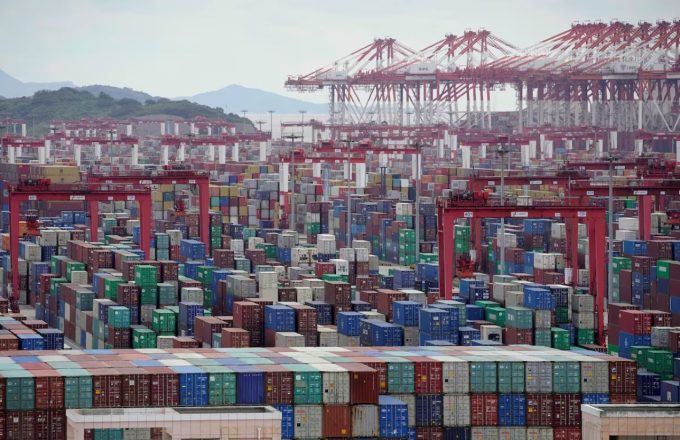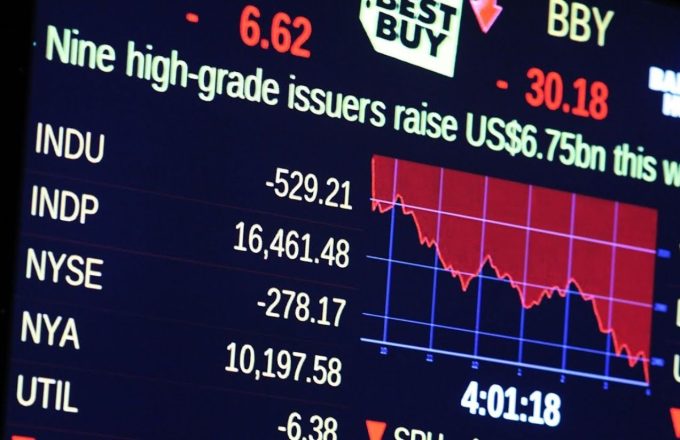The idea of manufacturing an iPhone on U.S. soil may sound like a bold American dream, but turning it into reality would require overcoming a range of logistical, financial, and technical challenges.
For years, the proposal to “repatriate” the production of iconic electronic devices like the iPhone has been part of political discourse—especially under the trade policies promoted by President Donald Trump. However, experts agree that this goal faces significant structural limitations.
According to a Wall Street Journal report, attempts to manufacture an iPhone in the United States would encounter major hurdles—from the lack of adequate industrial infrastructure to a shortage of skilled labor.
The iPhone, Apple’s flagship product, is far from simple to produce. It’s composed of highly complex and specialized parts sourced from more than 40 countries. Gary Gereffi, emeritus professor at Duke University and manufacturing expert, notes that many of these components are made in countries near China, such as Taiwan, South Korea, and Japan.
China has spent decades refining its manufacturing capabilities, emerging as the global hub for electronics production. To replicate that ecosystem in the U.S., an almost complete reconstruction of the supply chain would be required. This would involve relocating key component production to North America and ensuring that regional partners like Mexico and Canada can supply essential parts and materials.
While the Trump administration pushed for bringing tech manufacturing back to the U.S., the reality is that the country currently lacks the capabilities to take on such an enormous task. High-tech component factories, like those in Asia, are virtually nonexistent on American soil.
Another major issue is infrastructure. Despite its strong history of innovation, the U.S. does not have facilities that rival China’s for large-scale electronics manufacturing. iPhone assembly requires advanced machinery and highly specific skills—resources that are limited within U.S. factories.
This infrastructure gap is closely tied to a shortage of qualified labor. China employs hundreds of thousands of workers in iPhone assembly plants—workers trained in extremely specialized environments. In contrast, the U.S. faces a systemic shortage of skilled industrial labor.
Johns Hopkins professor Tinglong Dai, who studies global supply chains, points out that the lack of large-scale manufacturing talent is one of the greatest challenges for the U.S. Even with automation, key processes—such as cable installation, adhesive application, and the assembly of tiny components—still rely heavily on human labor.
Beyond the technical hurdles, there’s the economic factor. Manufacturing an iPhone in the U.S. would be extremely costly. It would require building new factories, acquiring advanced equipment, and paying significantly higher wages. According to manufacturing analyst Jeff Fieldhack, operating costs in the U.S. could be four to five times higher than in China, due to labor expenses, material costs, and the absence of China’s well-established economies of scale.
For Apple—already working with thin margins on its high-end devices—these added costs would raise serious doubts about the financial feasibility of domestic production. While Trump once suggested Apple could invest heavily in U.S.-based manufacturing, many analysts agree that producing iPhones competitively in the U.S. would only be viable if retail prices increased significantly—potentially hurting consumer demand.
In the short term, large-scale iPhone production in the U.S. appears unlikely. Still, some incremental steps may be possible. The manufacturing of certain components—like chips or simpler parts—could shift to the U.S. in the coming years, particularly in regions with more developed infrastructure. For example, companies like TSMC have already begun investing in semiconductor facilities in Arizona, signaling a trend toward localized component production.
Nonetheless, the idea of fully manufacturing iPhones in the U.S.—including both assembly and the fabrication of all sophisticated components—remains a distant aspiration. The country’s lack of infrastructure, high production costs, and limited skilled labor remain formidable barriers. And even if partial domestic production becomes a reality, device prices would likely increase, which could directly impact demand.



















